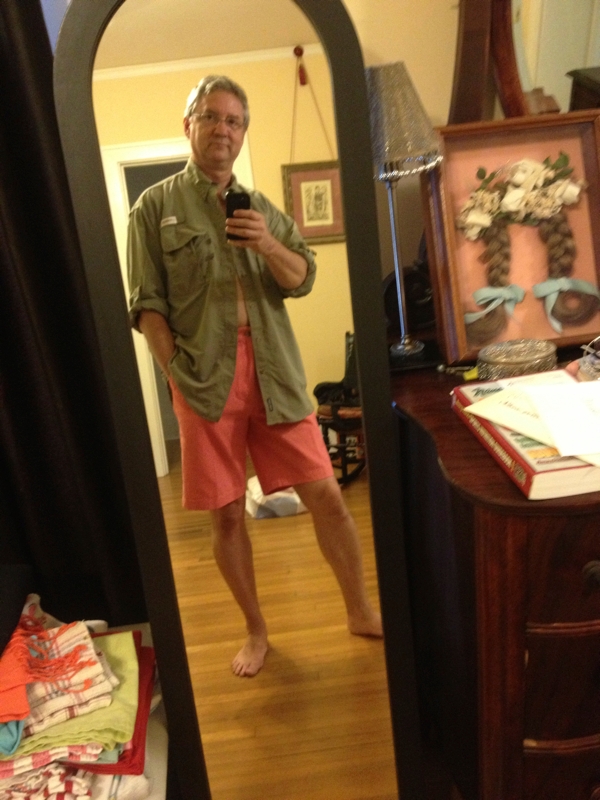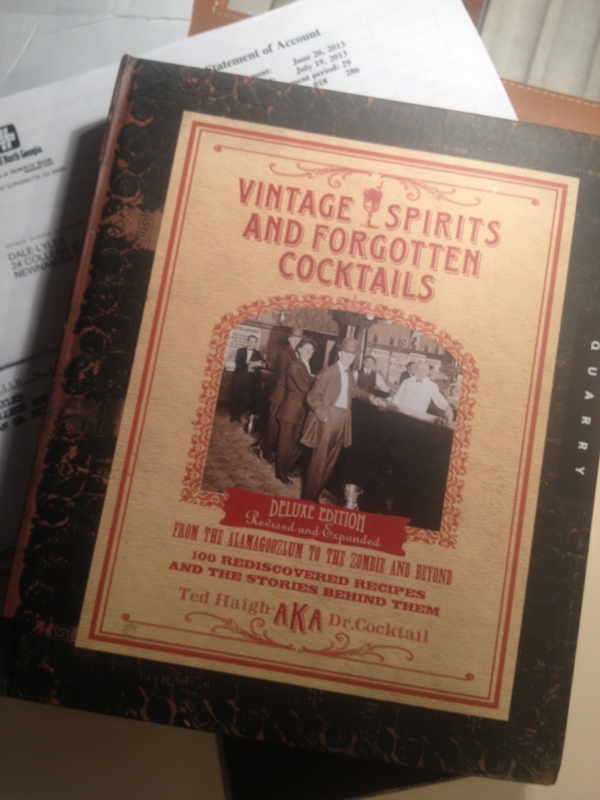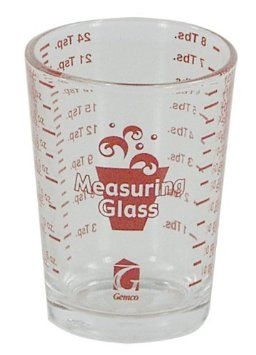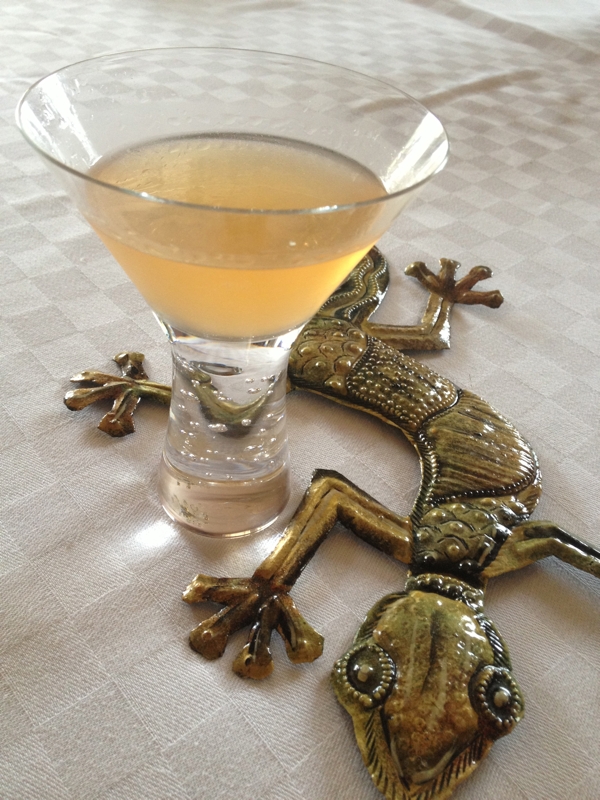I’m sitting on our back deck, which is second-story and overlooks the cluster of backyards of our block—green, green space. It is pouring down rain, and the sight and sound of it is quite lovely. It has prompted me to get around to writing this post.
Several weeks ago as I was out walking, I passed a house in our neighborhood and was reminded that it—like many of the large homes hereabout—used to be a boarding house. In fact, it’s where my father lived before moving the family to Newnan the first time in 1960.
I don’t remember the landlady’s name, but I do remember coming up to visit. My mother was not in favor of the move necessarily, and I’m sure there were things to discuss. I don’t remember that she brought all four of us; I’d be very surprised if she did.
But I do remember the house.

My father started college but did not complete it. Instead, having met and married the pretty Jean Clark from Perry, GA, he calculated that he would move farther and faster by signing on with the Georgia Power Company and working his way up the ranks. He was not completely wrong and can be excused for not seeing that the path all the way to the top would involve at least a bachelor’s degree.
Within six years of their marriage, they had four children under the age of six. We lived in a house on unpaved, red-dirt Hitchcock Road, east of Macon, which my grandfather had built on property behind his house, which faced Irwinton Highway. (I’m not sure whether he built it for my parents. It certainly did not seem new to me, even then.)
It was a simple two-bedroom house with a breezeway and an attached garage. I remember the land being fairly flat, but after you drove into the garage, there was a flight of steps up to a loft kind of area that then led into the breezeway and thence into the kitchen. (There were steps down into the back yard.)
I remember we enclosed the breezeway to become a den. That’s where we moved the first television, black and white naturally, and that’s were we mostly played.
The rooms were small, no more than fifteen feet square, and I would guess closer to twelve feet or even ten. We three older siblings shared one of the bedrooms and the youngest slept in a crib in my parents’ room. Just one bath. Small dining area that I think was open to the kitchen.
Anyway, it was a good house, even though it would probably fit within the back half of my current home.

And so, sometime in the spring or summer of 1960, we pulled up in front of this boarding house on Wesley Street in Newnan, GA, and it changed my life.
It was huge. It had two stories. It had an enormous front porch, and a door with glass in it. Through that door were spacious rooms with a staircase leading up to a whole other house!
Not only that, but it was surrounded by more houses just like it! With trees! The streets were actually streets, with sidewalks, and it was in the middle of a city.
Now I’m sure that the house was rundown in that shabby and genteel way that most of the houses in my neighborhood were when I and my lovely first wife moved into our house back in 1981. But to a six-year-old, it was an inspiration. It was a mansion, and people actually lived like this.
Needless to say, my whole worldview was upended. The fact that we moved to Newnan into a home at the bottom of West Washington Street that in no way resembled the homes one block away did not disillusion me. I now knew what a proper house looked like.

My father’s climb through the hierarchy of the power plants meant that we had to move back to Macon in a year and a half, at Christmas of 1961, halfway through my second grade, back into the little house on red-dirt Hitchcock Road. My mother fought this one tooth and nail, having seen what a good school system looked like, and in another year and a half we were back in time for me to start fourth grade. (Fifty years ago, for those keeping score.)
This time it was for good. We moved into a modern home on Winfield Drive, and there we stayed. It had three bedrooms and two baths, and a full basement. There were separate spaces for family dining and formal dining, and it sat on a large lot in a neighborhood of large lots. We were now firmly part of the middle class.
When it came time for my lovely first wife and me to buy a home, however, we went straight back to the College-Temple neighborhood. Full disclosure: none of my six-year-old self had anything to do with our choice. To be frank, my lovely first wife sought out a house, and I rejoiced in her taste and discernment without really connecting it to the source of my childhood awe.
Our parents were appalled: buying a completely unrenovated older home in a neighborhood of older homes was unthinkable to their generation. But it worked for us. We started out with large rooms, a big front porch, and a front door with glass in it. The house may have needed a ton of work, but the “bones” of the place, as real estate agents would say, were actually better than our parents’ houses, and here we’ve stayed, even adding on to the place twenty years ago, doubling the size of our Craftsman bungalow into a spacious older home of grace and charm in a neighborhood of beautiful homes.

This past Wednesday, I walked a couple of blocks over to a local law firm, where I sat down and sold my parents’ house. Then I walked back down the sidewalk, past the church, across the street, and into my front door.

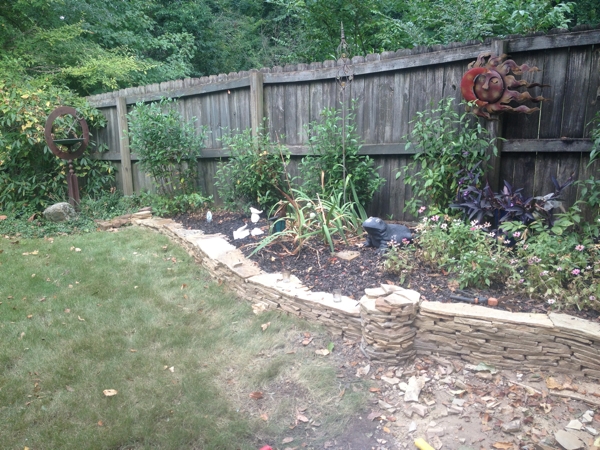

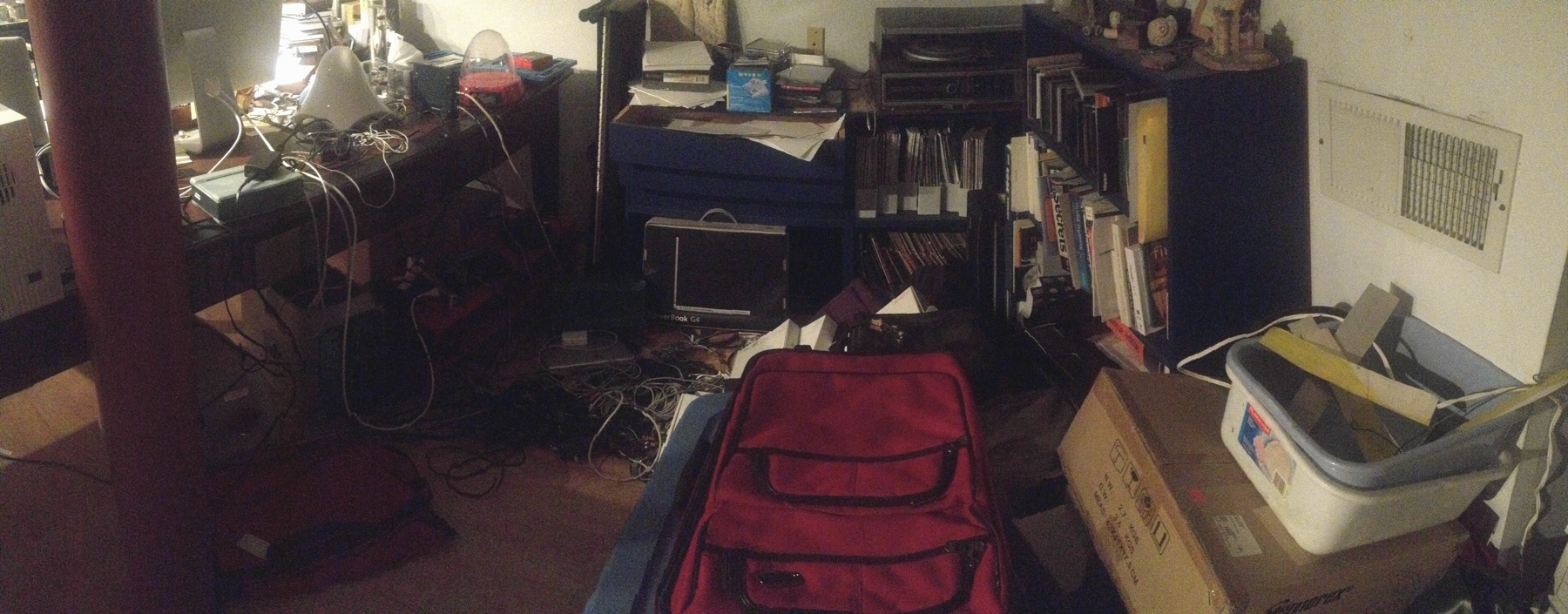

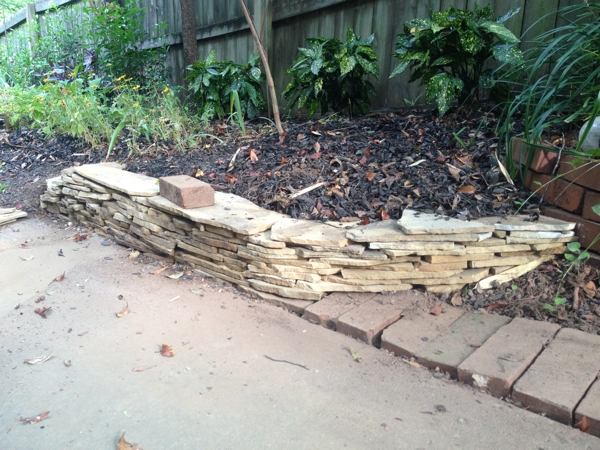
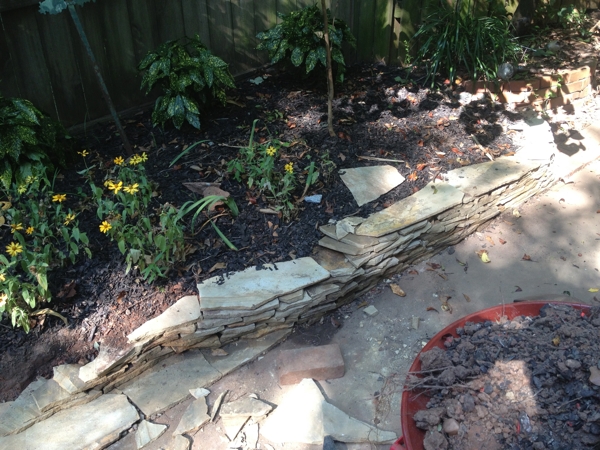
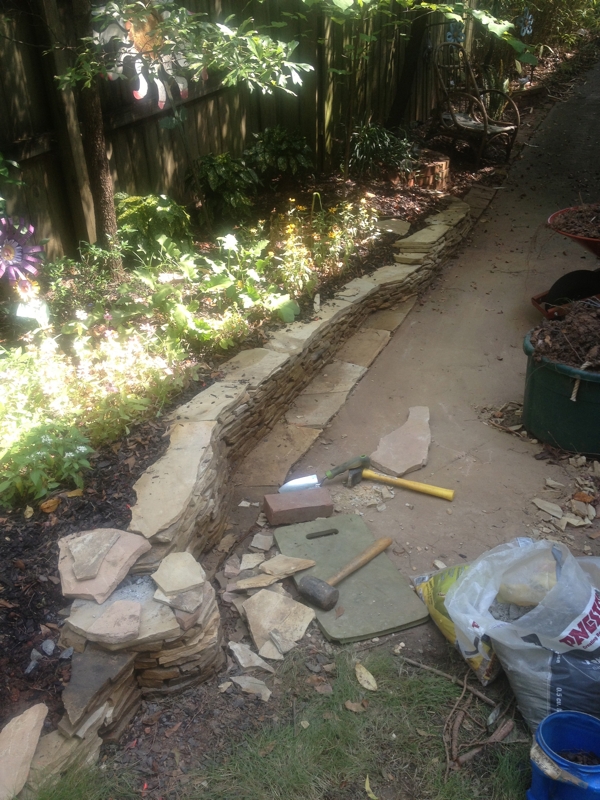
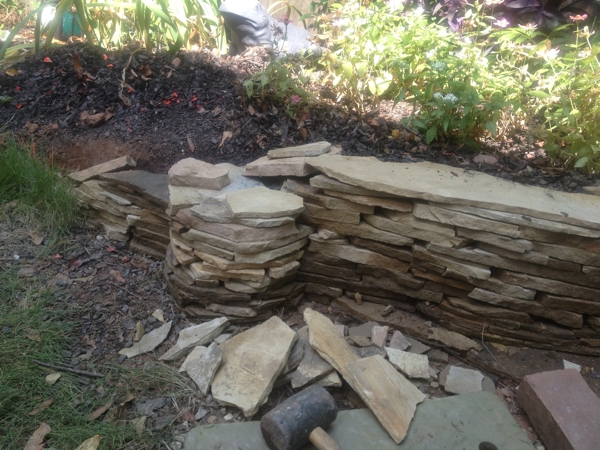
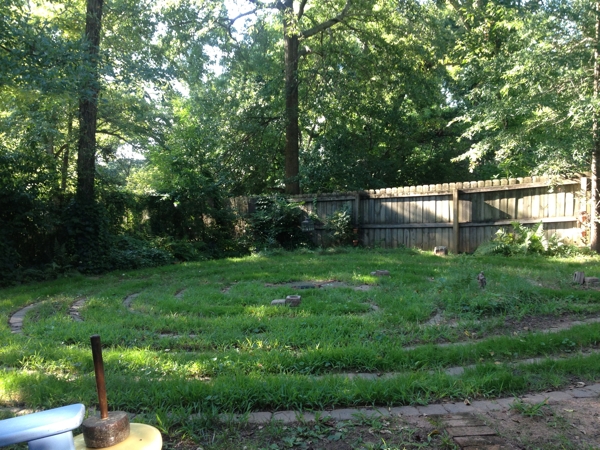
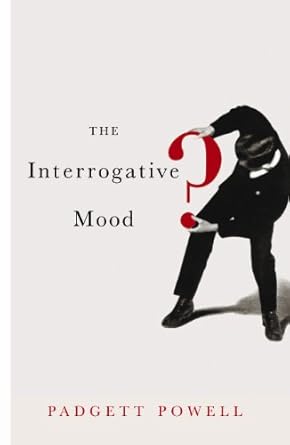 “If you had enough money to live on, could you see yourself retiring to a small village in France and never being heard of or from again, and not speaking French when there, mostly because you can’t, but also because you have nothing to say and you’d have no one to say it to if you had something to say, and mostly just sleeping in your quaint medieval stone cottage? Could you make do with a little exercise once in a while and a piece of Beaufort of very high quality? And maybe a look-in on the pigs? What if the cartoonist R. Crumb were your neighbor?”
“If you had enough money to live on, could you see yourself retiring to a small village in France and never being heard of or from again, and not speaking French when there, mostly because you can’t, but also because you have nothing to say and you’d have no one to say it to if you had something to say, and mostly just sleeping in your quaint medieval stone cottage? Could you make do with a little exercise once in a while and a piece of Beaufort of very high quality? And maybe a look-in on the pigs? What if the cartoonist R. Crumb were your neighbor?”